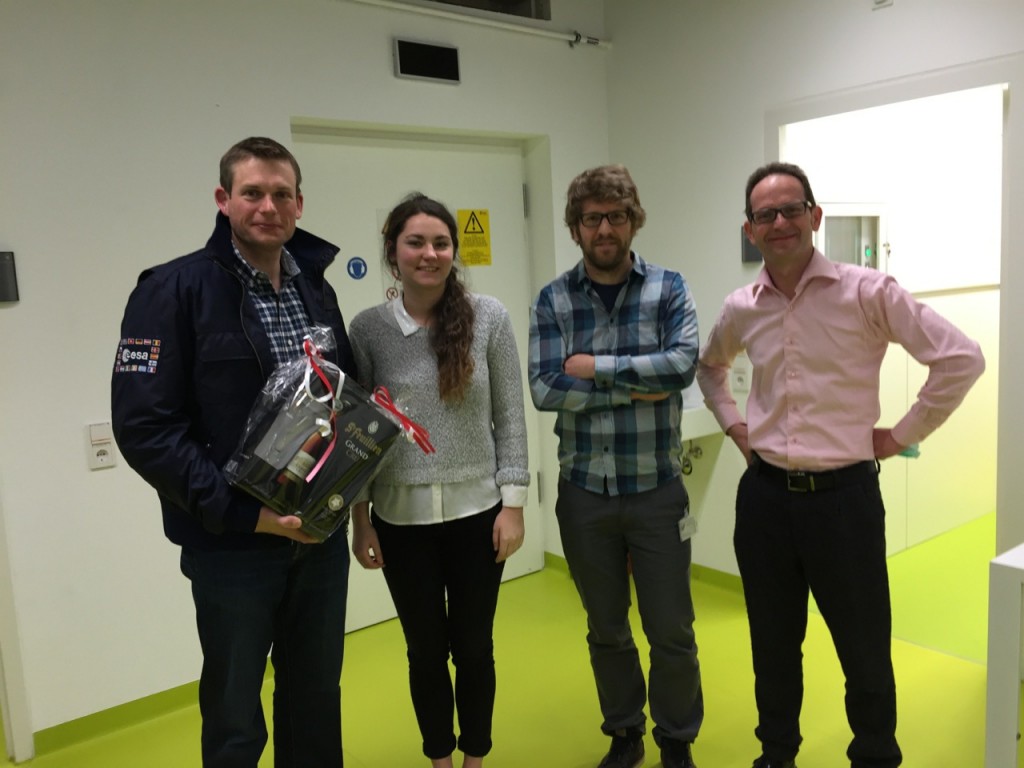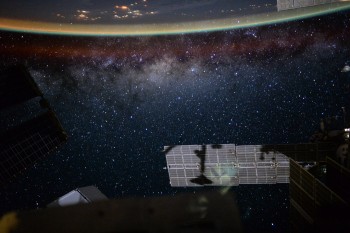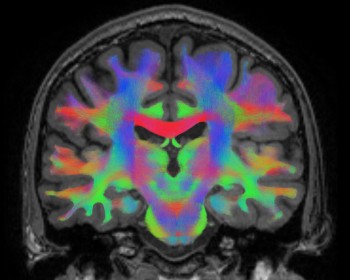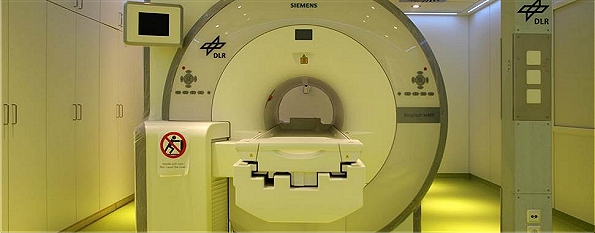Weightlessness and other spaceflight-related factors obviously have a serious impact on human physiology. The effect of weightlessness on the human body has been studied for several human physiological systems, such as the cardiovascular system, bone and muscles and the neuro-sensory system. However, not much is known about how the brain adapts to space.
Researchers from the University of Antwerp, Leuven and Liege as well from Moscow Institute for Biomedical Problems suspect that astronauts’ brains adapt to living in weightlessness by using previously untapped links between neurons. As the astronauts learn to float around in their spacecraft, left–right and up–down become second nature as these connections are activated.
First results have already shown that there is indeed a change in the connection of several pathways in the brain, most probably related to the absence of gravity.
Getting more insight into this adaptation process is of crucial importance for future interplanetary missions such as to Mars and the development of adequate countermeasures against the deleterious effects of weightlessness.
This research is beneficial for all people on Earth as astronaut brains adapt to the relatively hostile environment of space and second-time fliers do better than rookie astronauts. Their brains are obviously remembering and reactivating neural processes based on their previous traumatic experience. This research offers an ethical way of looking at how brains adapt to strange situations.
People who have had traumatic experiences in the past rarely have had MRI scans beforehand to allow researchers to look at a before and after. By looking at astronauts we are seeing where changes are happening and giving researchers pointers to look at patient’s brains on Earth.
Experiment setup
To confirm the theory, up to 16 astronauts will be put through advanced MRI scans before and after their flights to study any changes in their brain structure and function. A control group from Antwerp, Belgium, will undergo the same scans for further comparison and in parallel, a study is being performed on volunteers aboard ESA’s parabolic flights in an Airbus A310 airplane where 20 seconds of weightlessness is provided 31 times each flight.
Andreas went through the scanner on the Tuesday at return plus five days (R+5), and will do more sessions at R+10, R+45 and R+180 to complete the study.

Astronaut Andreas Mogensen with part of the investigating team of the University of Antwerp after his preflight MRI scan in :envihab lab in Cologne.
(from left to right: astronaut Andreas Mogensen, drs. Angelique Van Ombergen, dr. Ben Jeurissen & Prof. dr. Floris Wuyts Principal Investigator of the ESA BRAIN-DTI project)





Discussion: no comments